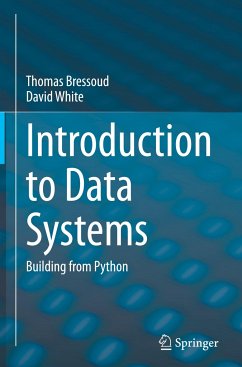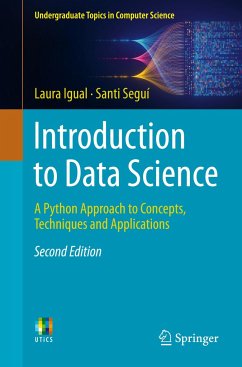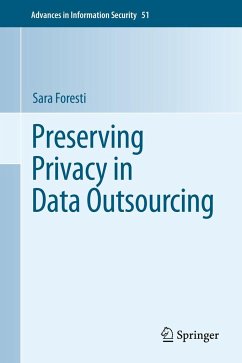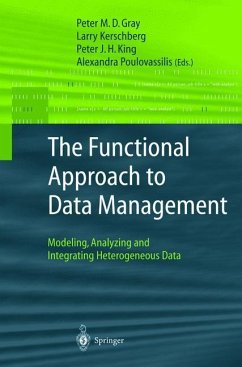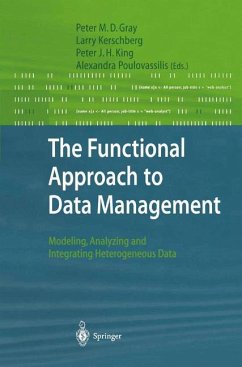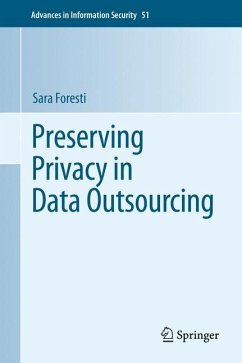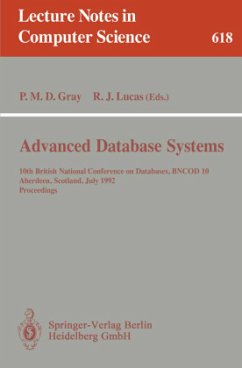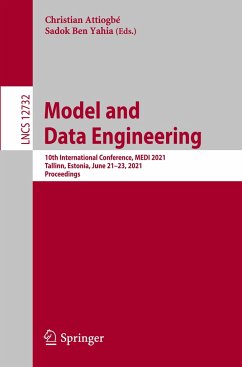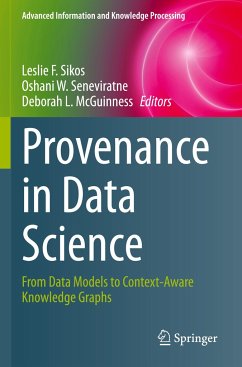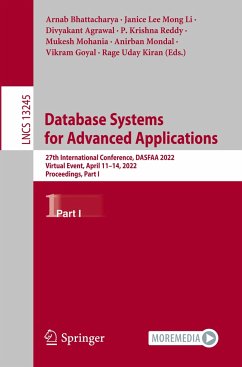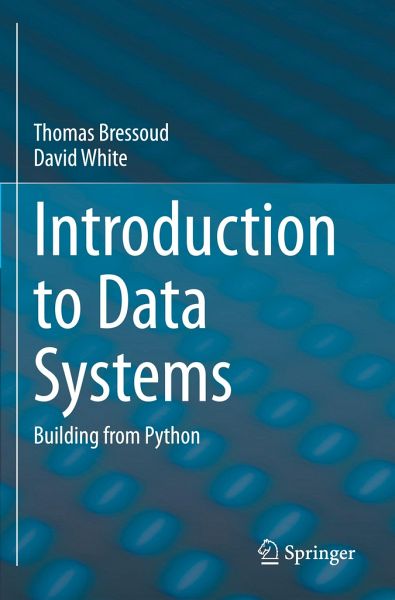
Introduction to Data Systems
Building from Python
Versandkostenfrei!
Versandfertig in 6-10 Tagen
38,99 €
inkl. MwSt.
Weitere Ausgaben:

PAYBACK Punkte
19 °P sammeln!
Encompassing a broad range of forms and sources of data, this textbook introduces data systems through a progressive presentation. Introduction to Data Systems covers data acquisition starting with local files, then progresses to data acquired from relational databases, from REST APIs and through web scraping. It teaches data forms/formats from tidy data to relationally defined sets of tables to hierarchical structure like XML and JSON using data models to convey the structure, operations, and constraints of each data form.The starting point of the book is a foundation in Python programming fo...
Encompassing a broad range of forms and sources of data, this textbook introduces data systems through a progressive presentation. Introduction to Data Systems covers data acquisition starting with local files, then progresses to data acquired from relational databases, from REST APIs and through web scraping. It teaches data forms/formats from tidy data to relationally defined sets of tables to hierarchical structure like XML and JSON using data models to convey the structure, operations, and constraints of each data form.
The starting point of the book is a foundation in Python programming found in introductory computer science classes or short courses on the language, and so does not require prerequisites of data structures, algorithms, or other courses. This makes the material accessible to students early in their educational career and equips them with understanding and skills that can be applied in computer science, data science/data analytics, and information technology programs as well as for internships and research experiences. This book is accessible to a wide variety of students. By drawing together content normally spread across upper level computer science courses, it offers a single source providing the essentials for data science practitioners. In our increasingly data-centric world, students from all domains will benefit from the "data-aptitude" built by the material in this book.
The starting point of the book is a foundation in Python programming found in introductory computer science classes or short courses on the language, and so does not require prerequisites of data structures, algorithms, or other courses. This makes the material accessible to students early in their educational career and equips them with understanding and skills that can be applied in computer science, data science/data analytics, and information technology programs as well as for internships and research experiences. This book is accessible to a wide variety of students. By drawing together content normally spread across upper level computer science courses, it offers a single source providing the essentials for data science practitioners. In our increasingly data-centric world, students from all domains will benefit from the "data-aptitude" built by the material in this book.





